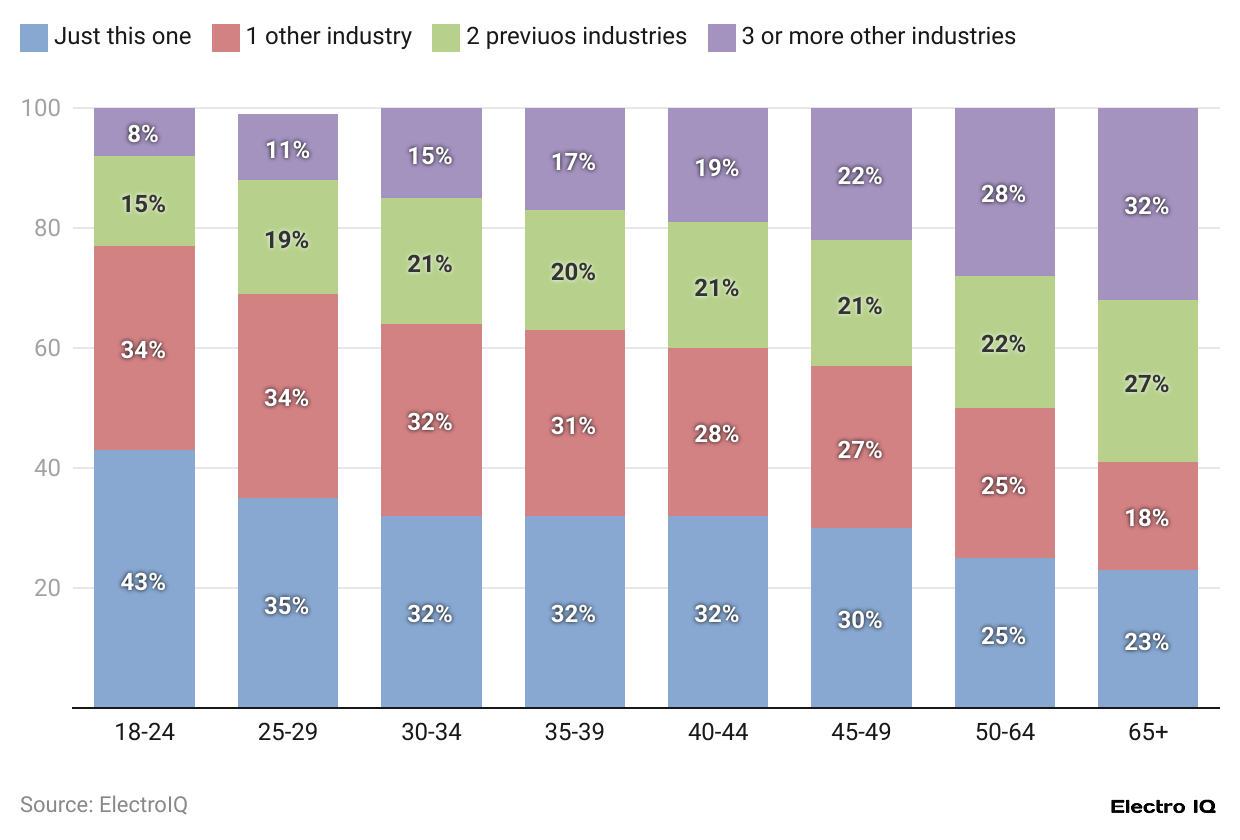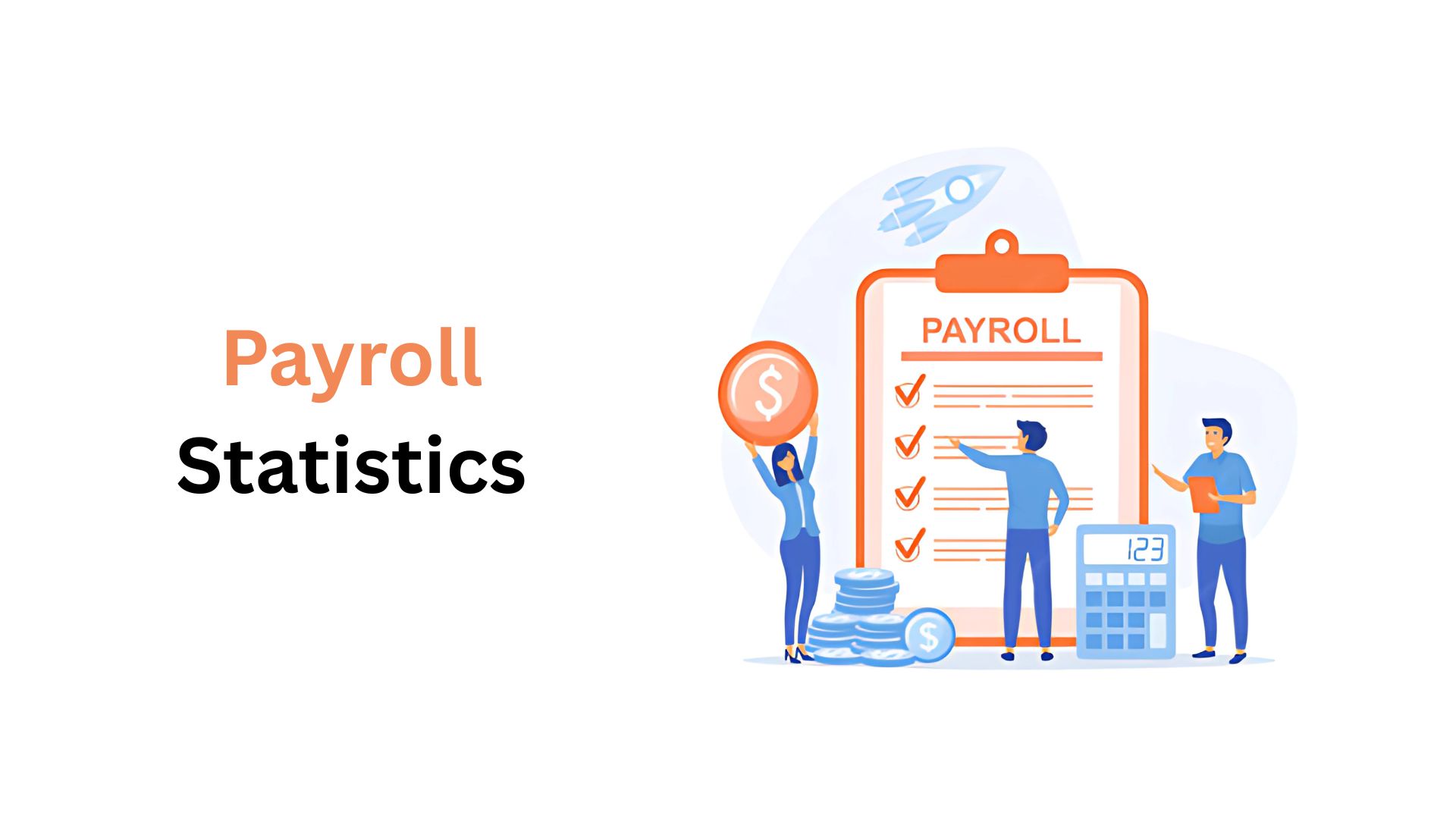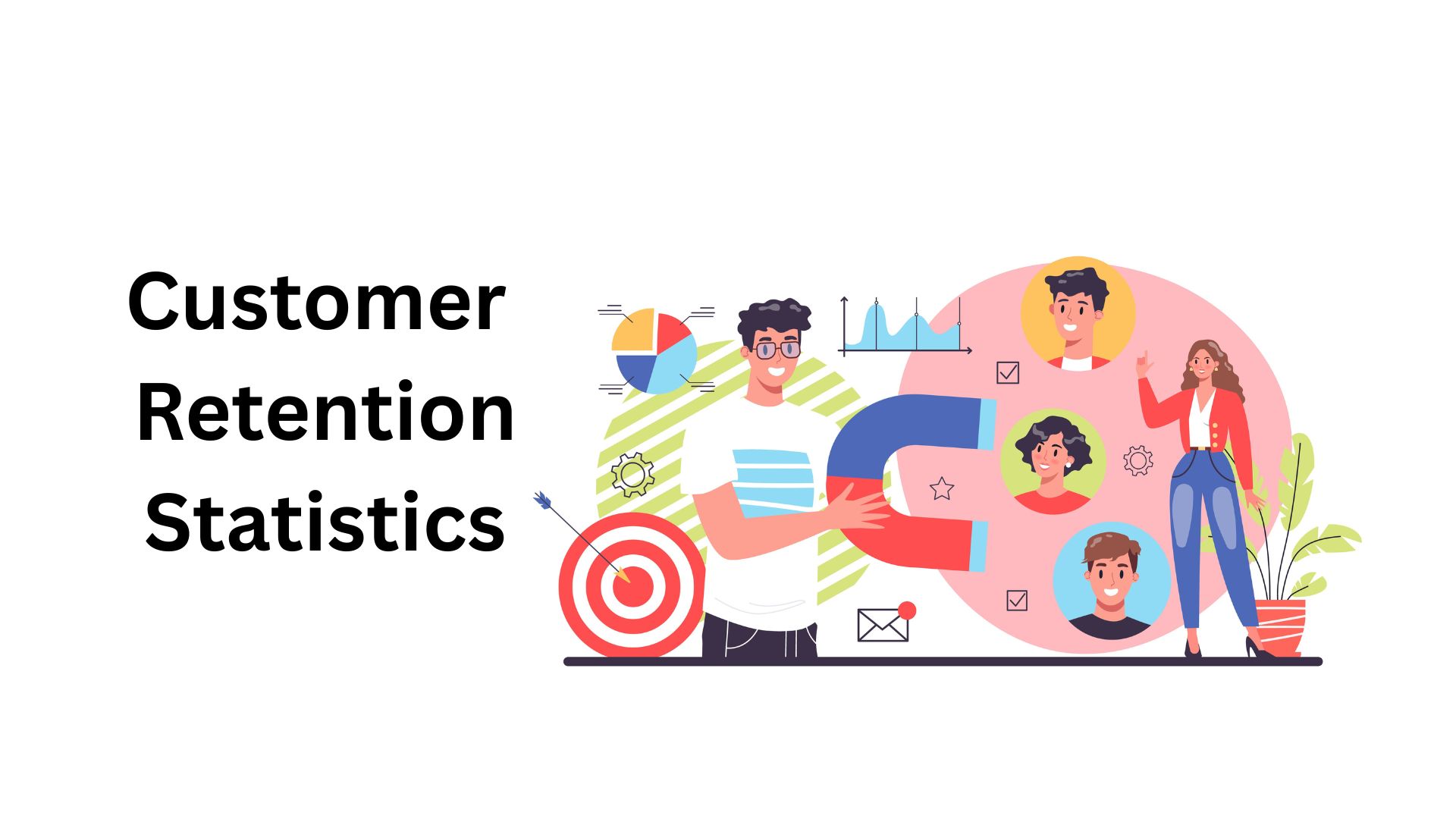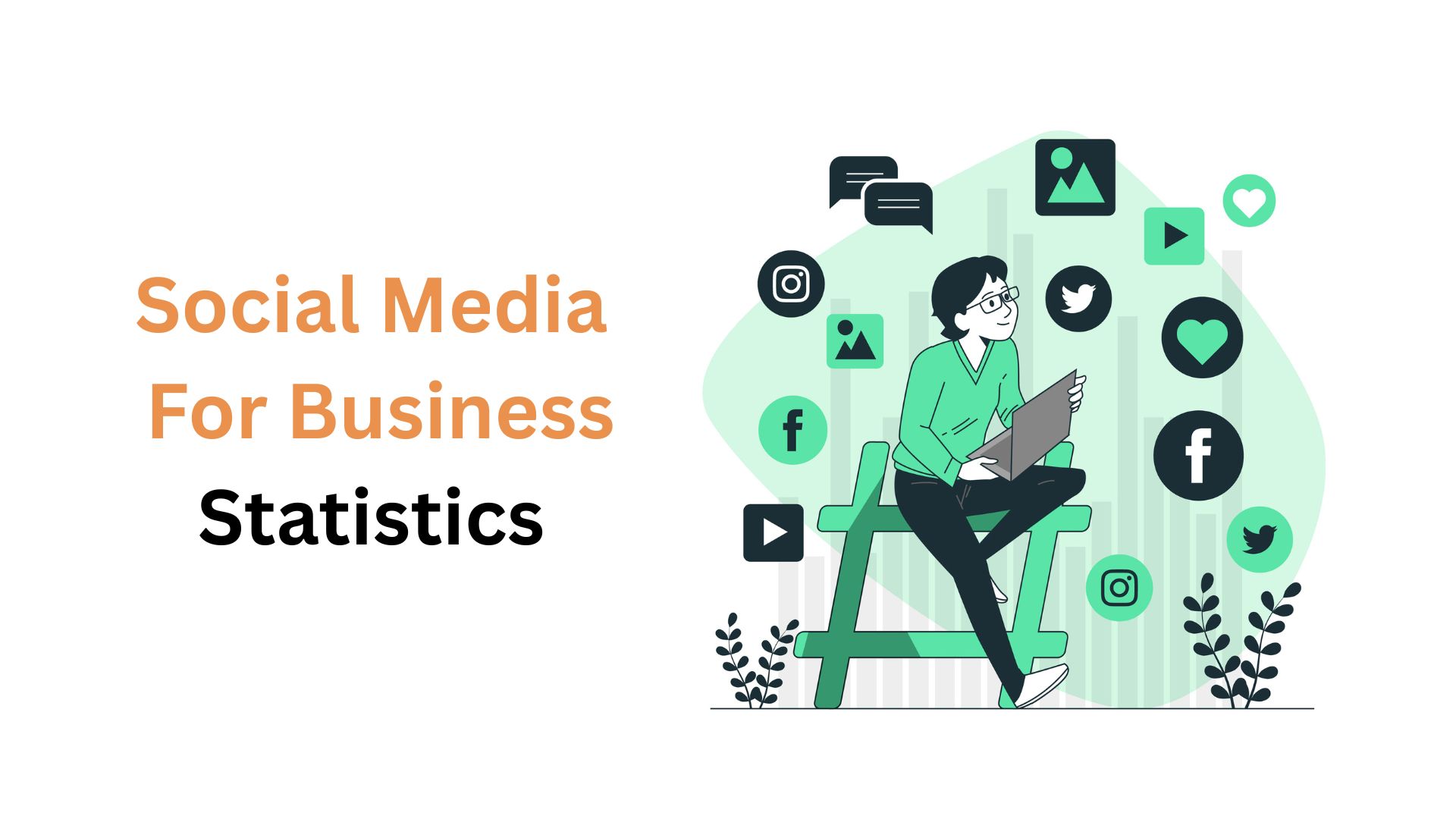Career Change Statistics By Age, Industries, Seniority and Experience
Updated · Jan 07, 2025

Table of Contents
- Introduction
- Editor’s Choice
- Carrer Change as Per Age
- Career in Multiple Industries
- Career Changes Across Age Groups
- Work Experience of Employees
- Work-Life Balance By Age
- Aspirations of Employees Across Ages
- Importance of Salary in The Job
- Need For Career Change Across The Industry
- Career Change as Per Seniority
- Tendency For Career Changes as Per Experience
- Top Barrier to Career Change
- Reason to Quit Current Jobs
- Fastest-Growing Career-Changing Professions
- Top Perks for a Career Change
- Top High-Paying Salaries
- Impact of Gen AI on Carrer
- Conclusion
Introduction
Career Change Statistics: Career changes have become increasingly common in today’s dynamic job market, reflecting the evolving nature of work and professional aspirations. By going through Career Change Statistics, we can learn about a complex landscape where employees across different age groups, experience levels, and industries continuously reassess their career paths. It will help learn about the frequency of career transitions and the underlying motivations, challenges, and trends that drive professionals to seek new opportunities.
Understanding these insights can provide valuable perspectives for individuals contemplating a career shift, employers developing retention strategies, and policymakers addressing workforce development.
Editor’s Choice
- 26% of employees aged 25-29 seek a career change
- 34% of professionals have not changed industries
- 49% of workers have made career changes
- 57% cite lack of financial security as a career change barrier
- 76% of 18-24 year olds prioritise work-life balance
- 64% of workers with 2-5 years of experience are likely to change careers
- 41% of 30-34 year olds aspire to improve professionally
- Support is the top reason for career change across most age groups
- Wind turbine technicians have a 44.9% projected job growth
- 19% change jobs due to workload/hours
- 82% of 35-44 year olds consider salary essential
- 32% of 65+ have made three or more industry changes
- 23% of manager-level employees have changed careers
- Nurse practitioners have a 44.5% projected job growth
- Data scientists show a 35.2% expected job growth
Carrer Change as Per Age
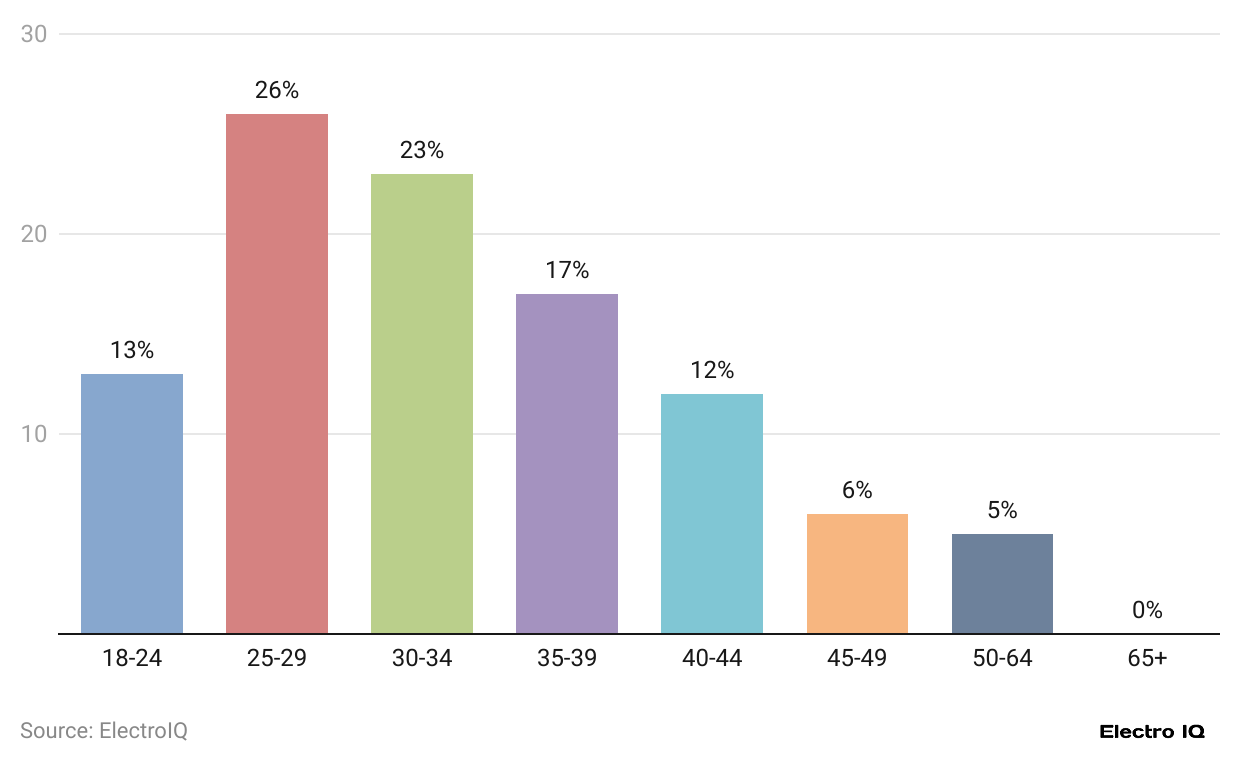
(Reference: tribeandseek.com)
- Career Change Statistics show that 26% of employees aged 25- 29 seek a career change.
- 23% of employees aged 30–34 seek a career change.
- 17% of employees aged 35–39 seek a career change.
- 13% of employees aged 18–24 seek a career change.
- 12% of employees aged 40–44 seek a career change.
Career in Multiple Industries
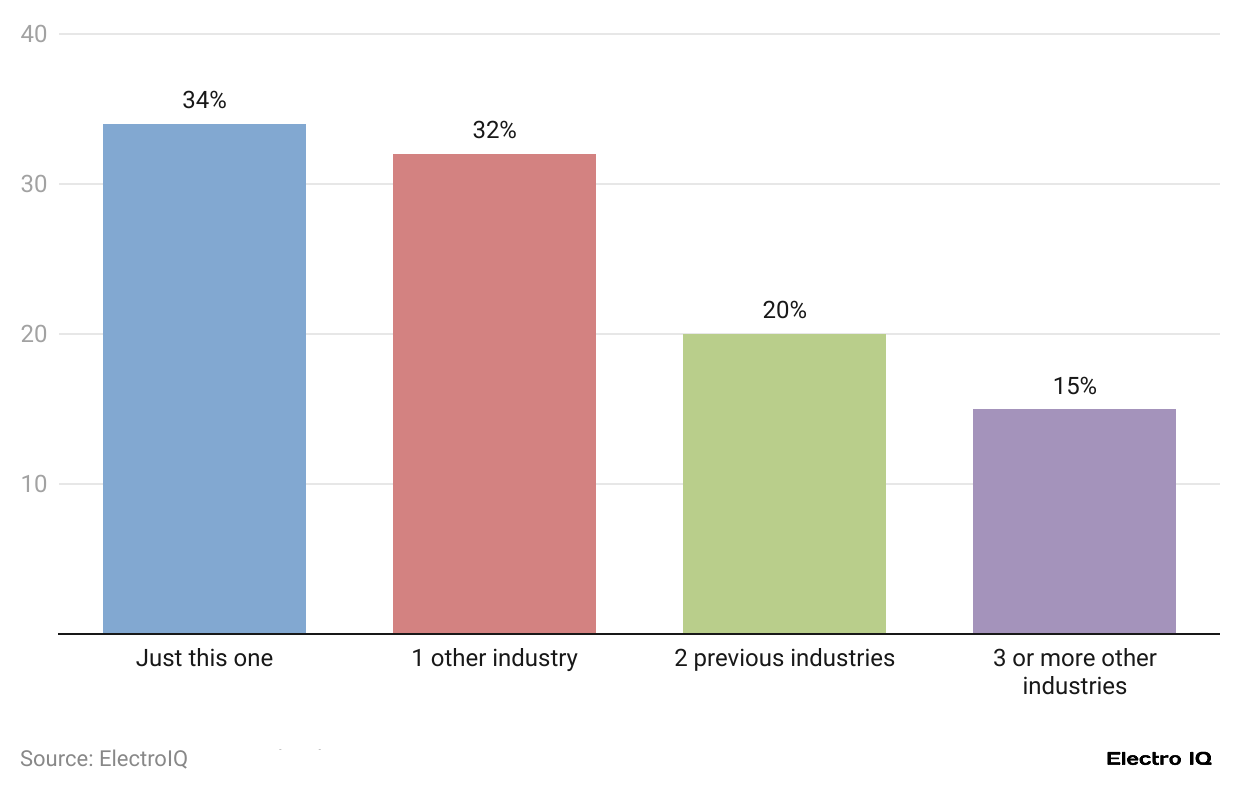
(Reference: tribeandseek.com)
- Career Change Statistics show that 34% of respondents have not had a career change.
- 32% of respondents have had a career change in 1 industry.
- 20% of respondents have had a career change in 2 previous industries.
- 15% of respondents have had a career change in 3 or more other industries.
Career Changes Across Age Groups
(Reference: tribeandseek.com)
- Among employees aged 65 and above, 32% experienced career changes in three or more industries, 27% transitioned careers twice, 18% changed careers once, and 23% did not make any career changes.
- For employees aged 50 to 64, 28% had career changes in three or more industries, 22% switched careers twice, 25% transitioned once, and 25% did not change their career path.
- Employees aged 45 to 49 saw 22% with career changes in three or more industries, 21% switching careers twice, 27% making a single change, and 30% reporting no career changes.
- In the 40 to 44 age group, 19% transitioned careers in three or more industries, 21% switched twice, 28% changed once, and 32% did not make a career shift.
- For employees aged 35 to 39, 17% reported career changes in three or more industries, 20% switched careers twice, 31% changed careers once, and 32% did not make any changes.
- Among employees aged 30 to 34, 15% experienced career transitions in three or more industries, 21% changed careers twice, 32% shifted careers once, and 32% did not make any career moves.
- Employees aged 25 to 29 reported 11% transitioning careers in three or more industries, 19% switching twice, 34% making a single change, and 35% not changing careers.
- In the 18 to 24 age group, 8% experienced career changes in three or more industries, 15% transitioned careers twice, 34% changed careers once, and 43% did not make any career shifts.
Work Experience of Employees
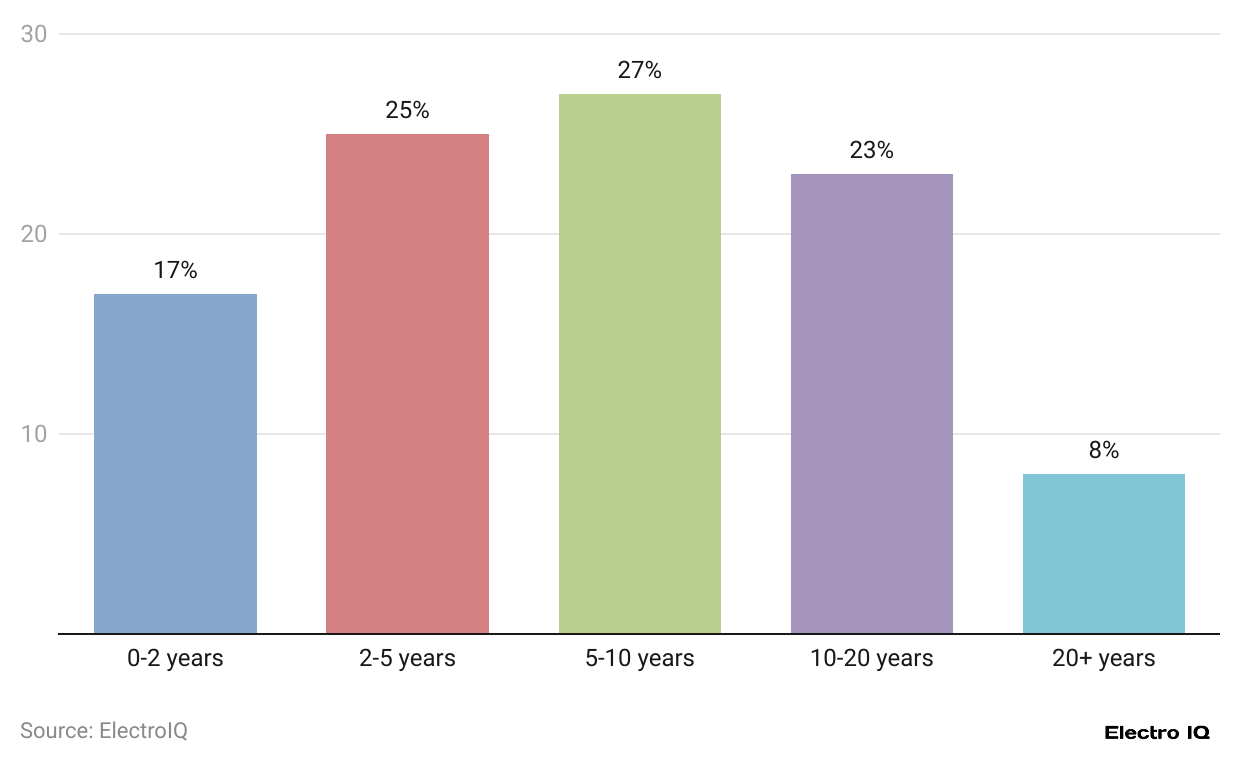
(Reference: tribeandseek.com)
- 27% of employees have accumulated 5 to 10 years of work experience in their respective industries.
- 25% have gained 2 to 5 years of professional experience within a specific industry.
- 23% of respondents reported having 10 to 20 years of work experience in their careers.
- 17% are in the early stages of their careers, with 0 to 2 years of work experience.
- 8% have over 20 years of work experience in a single industry.
Work-Life Balance By Age
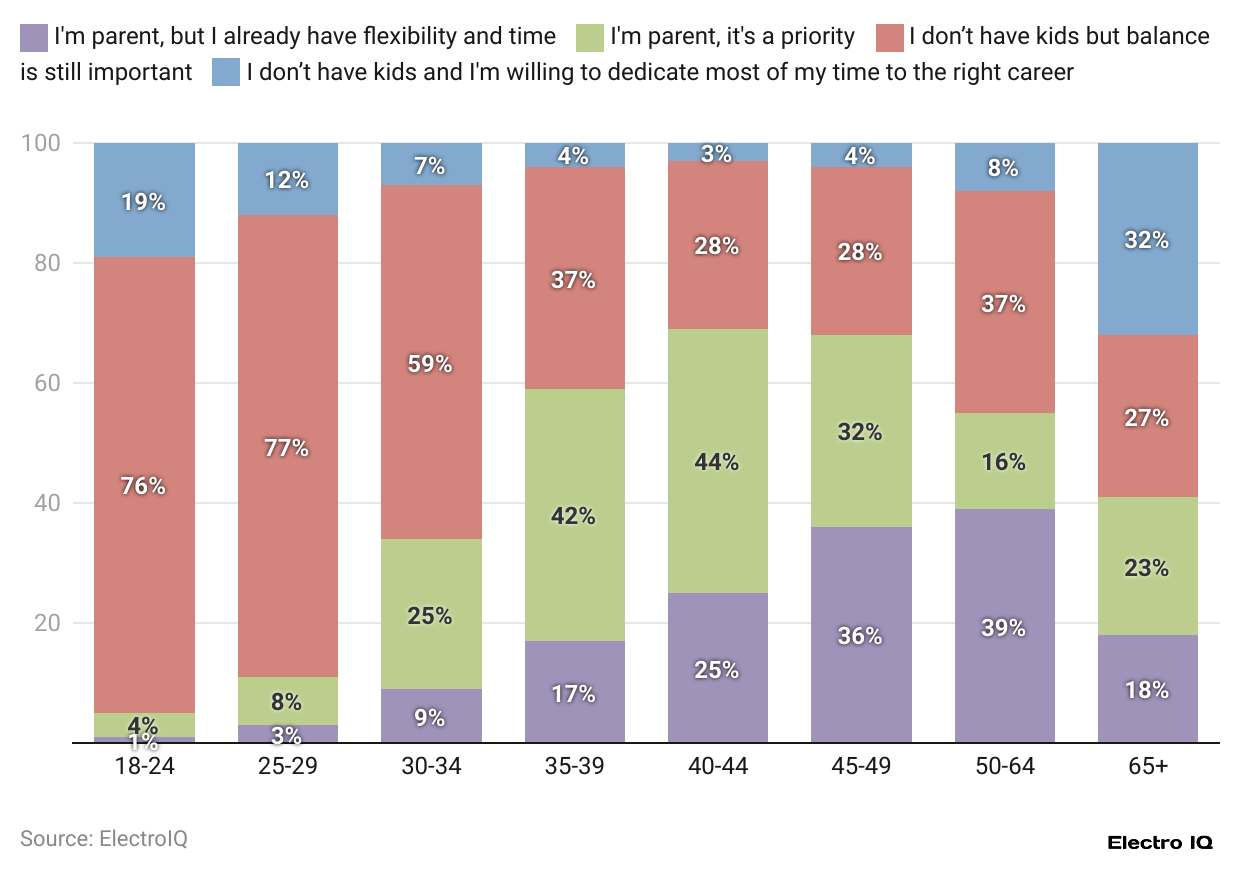
(Reference: tribeandseek.com)
- 77% of employees aged 25 to 29 do not have children and prioritize maintaining a work-life balance.
- 76% of employees aged 18 to 24 do not have children and consider work-life balance a key priority.
- 59% of employees aged 30 to 34 are child-free and focus on achieving work-life balance.
- 44% of employees aged 40 to 44 are parents and prioritize parenting responsibilities.
- 42% of employees aged 35 to 39 are parents and place a strong emphasis on parenting.
- 39% of employees aged 50 to 64 are parents but already enjoy sufficient flexibility in their schedules.
- 36% of employees aged 45 to 49 are parents and have established work flexibility.
- 32% of employees aged 65 and above do not have children and are willing to dedicate significant time to suitable career opportunities.
Aspirations of Employees Across Ages
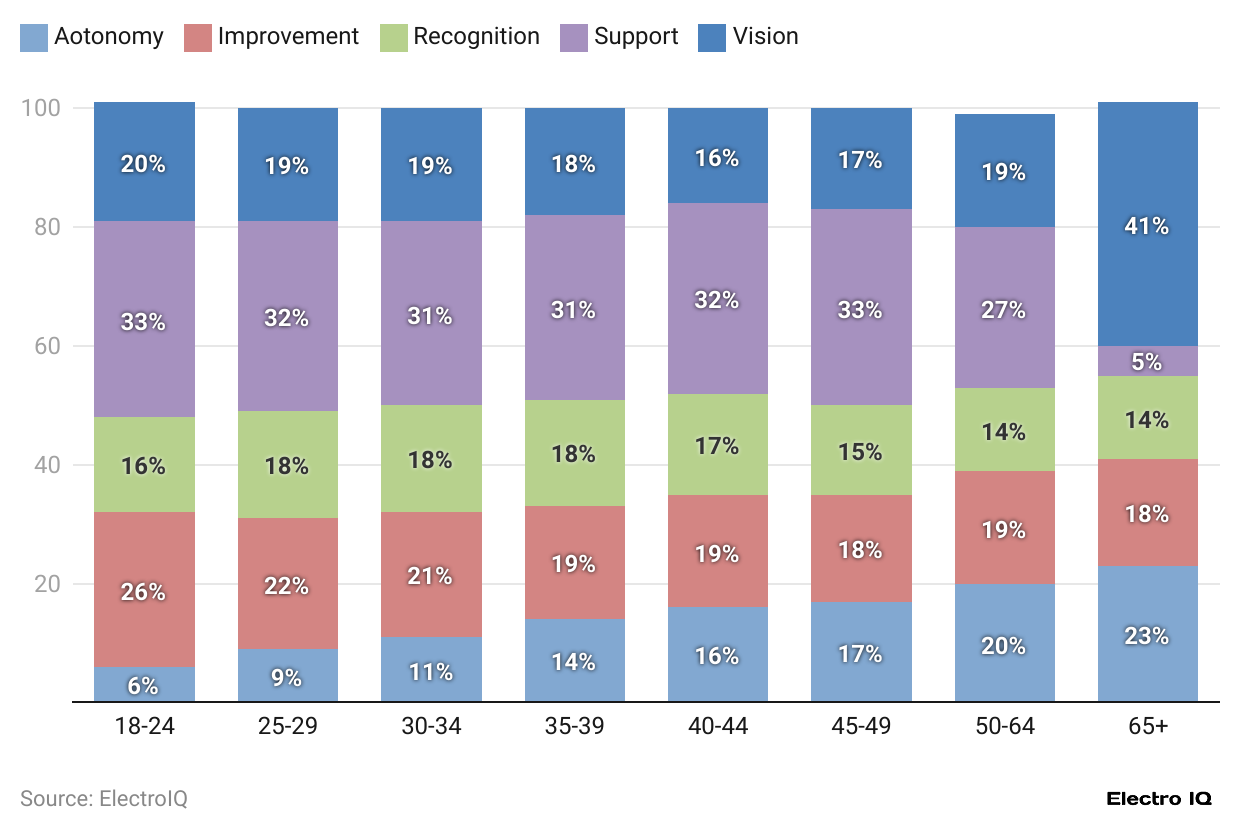
(Reference: pagecloud.com)
- 45% of employees aged 40 to 44 aim to improve themselves professionally and personally.
- 44% of employees aged 45 to 49 aspire to grow into better versions of themselves.
- 44% of employees aged 50 to 64 share a similar goal of self-improvement in their professional lives.
- 43% of employees aged 35 to 39 prioritize personal and professional development.
- 42% of employees aged 30 to 34 focus on becoming better versions of themselves in their careers.
- 41% of employees aged 25 to 29 have aspirations centered on self-enhancement.
- 40% of employees aged 18 to 24 strive to achieve growth and self-improvement.
- 36% of employees aged 65 and above continue to pursue aspirations of becoming better versions of themselves.
Importance of Salary in The Job
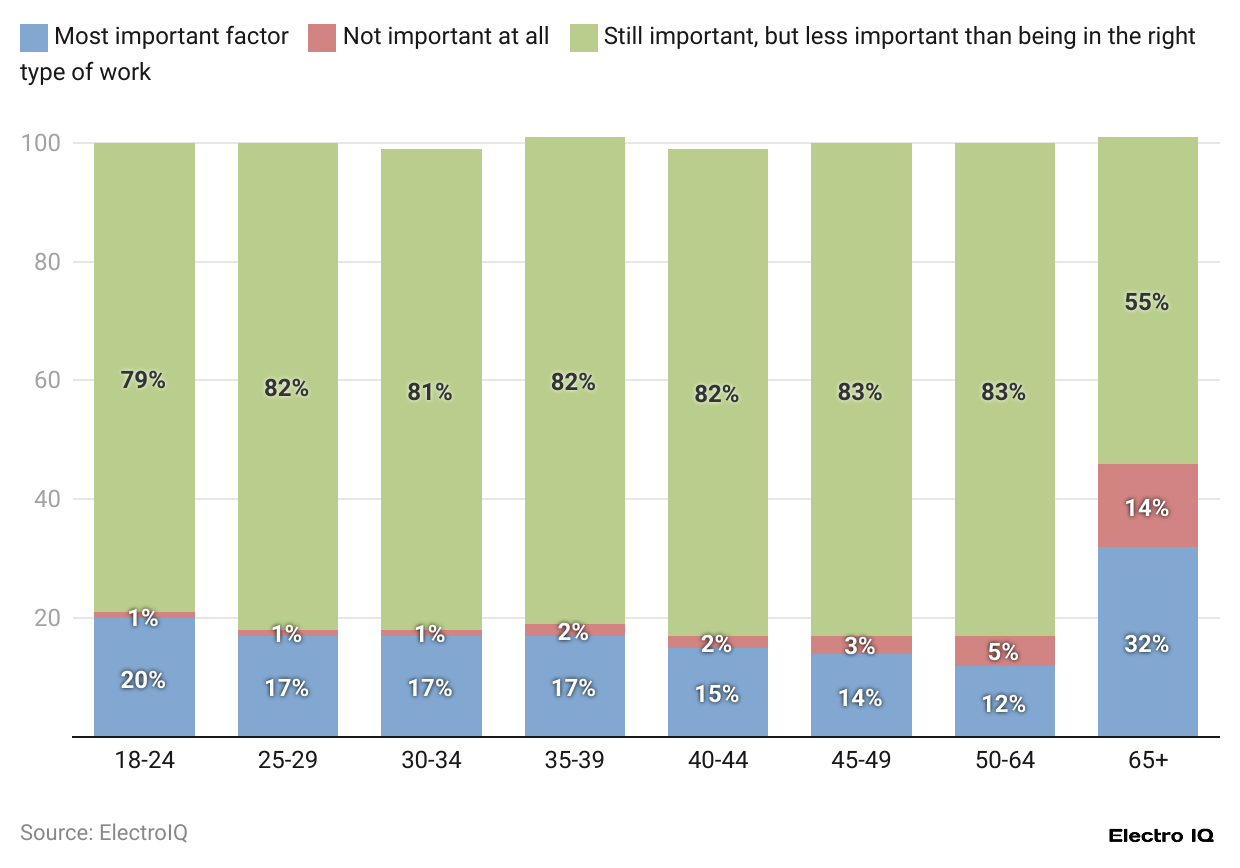
(Reference: tribeandseek.com)
- 83% of employees aged 45 to 49 consider salary essential, though finding the right type of work remains a higher priority.
- 83% of employees aged 50 to 64 prioritize salary, but their focus is on aligning with the right type of work.
- 82% of employees aged 25 to 29 emphasize salary as important, while prioritizing finding the right type of work.
- 82% of employees aged 35 to 39 value salary but give more importance to finding the right kind of work.
- 82% of employees aged 40 to 44 regard salary as crucial, but aligning with the right type of work is a greater concern.
- 81% of employees aged 30 to 34 recognize salary as essential, yet finding meaningful work takes precedence.
- 79% of employees aged 18 to 24 see salary as important, but finding the right type of work is their primary focus.
- 55% of employees aged 65 and above rely on salary for job security but place higher importance on finding the right type of work.
Need For Career Change Across The Industry
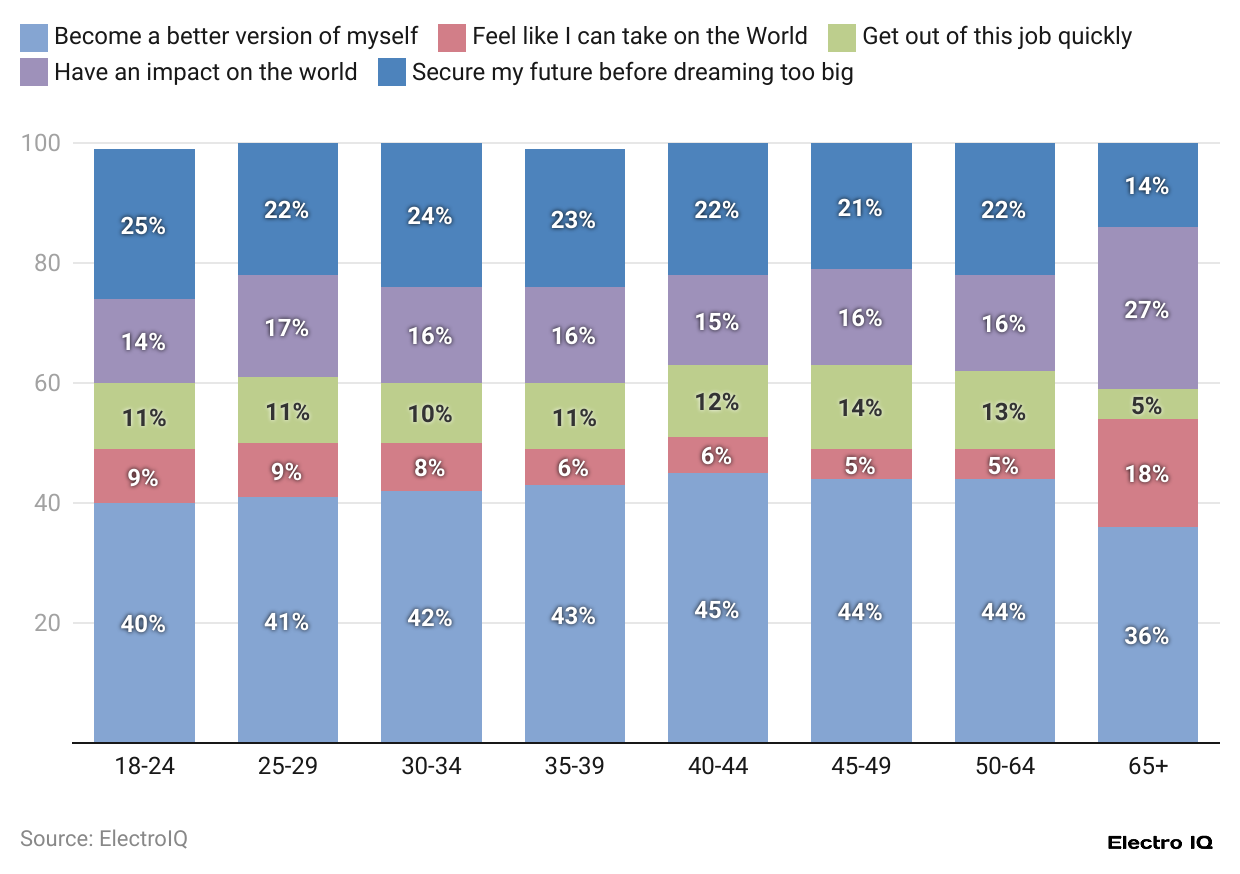
(Reference: tribeandseek.com)
- 41% of employees aged 65 and above identified vision as the primary reason for a career change.
- 33% of employees aged 18 to 24 cited support as the top factor driving their decision to change careers.
- 33% of employees aged 45 to 49 highlighted support as the leading reason for pursuing a career change.
- 32% of employees aged 25 to 29 attributed their need for a career change to a lack of support.
- 32% of employees aged 40 to 44 reported that support was the primary reason behind their career change.
- 31% of employees aged 30 to 34 mentioned that insufficient support was the key factor influencing their career transition.
- 31% of employees aged 35 to 39 also pointed to support as the main motivation for changing careers.
- 27% of employees aged 50 to 64 identified support as the leading factor in their decision to pursue a career change.
Career Change as Per Seniority
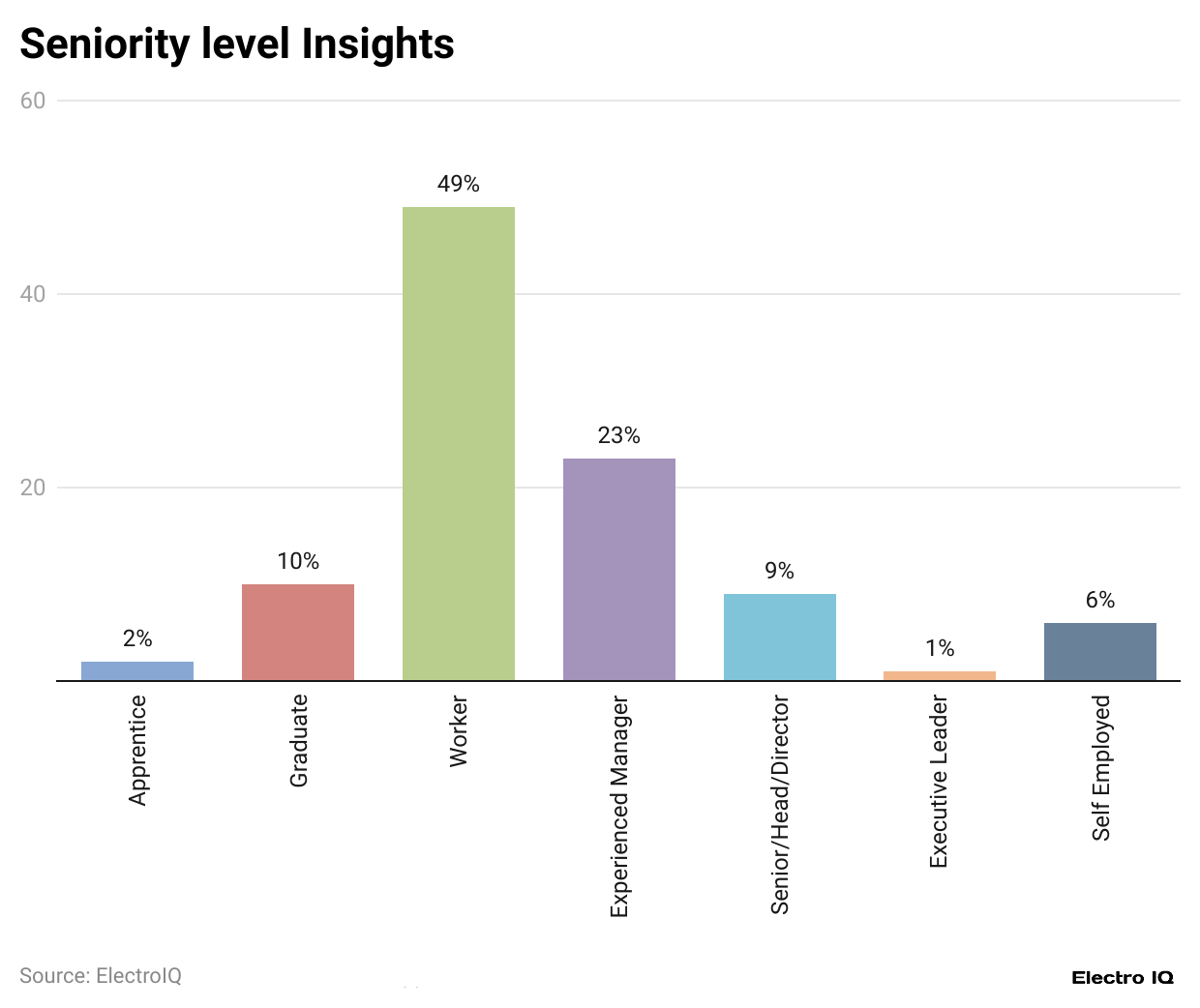
(Reference: tribeandseek.com)
- 49% of employees in the workers’ stage of their careers have undergone a career change.
- 23% of experienced manager-level employees have pursued a career change.
- 10% of employees in the graduate stage of their careers have transitioned to a different career path.
- 9% of employees at the senior, head, or director level have made career changes.
- 6% of self-employed individuals have shifted their careers.
- 2% of employees in the apprentice stage of their careers have switched to a different career.
- 1% of employees in the executive leadership stage have opted for a career change.
Tendency For Career Changes as Per Experience
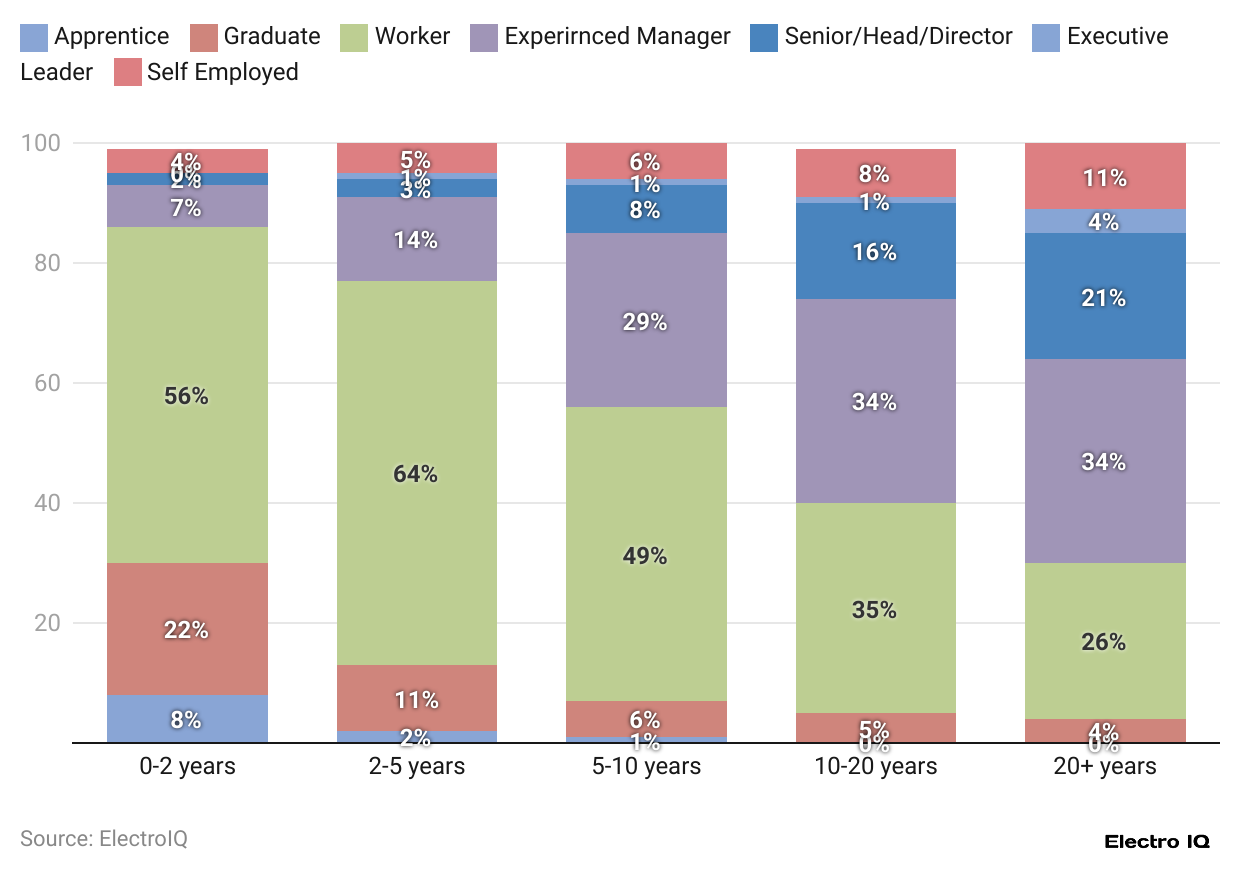
(Reference: tribeandseek.com)
- 64% of employees in the worker stage with 2 to 5 years of experience show the highest tendency to change careers.
- 56% of employees in the worker stage with 0 to 2 years of experience are likely to pursue career changes.
- 49% of employees in the worker stage with 5 to 10 years of experience exhibit a high tendency for career transitions.
- 35% of employees in the worker stage with 10 to 20 years of experience are inclined to change careers.
- 34% of experienced managers with 20 or more years of experience have a strong tendency for career changes.
Top Barrier to Career Change

(Reference: zippia.com)
- 57% of professionals identify a lack of financial security as the primary barrier to making a career change.
- 40% of professionals struggle with uncertainty about which field to enter, making it a significant obstacle to career change.
- 37% of professionals consider a lack of required education as a major barrier to transitioning careers.
- 31% of professionals feel that being too old is a critical factor preventing them from pursuing a career change.
Reason to Quit Current Jobs
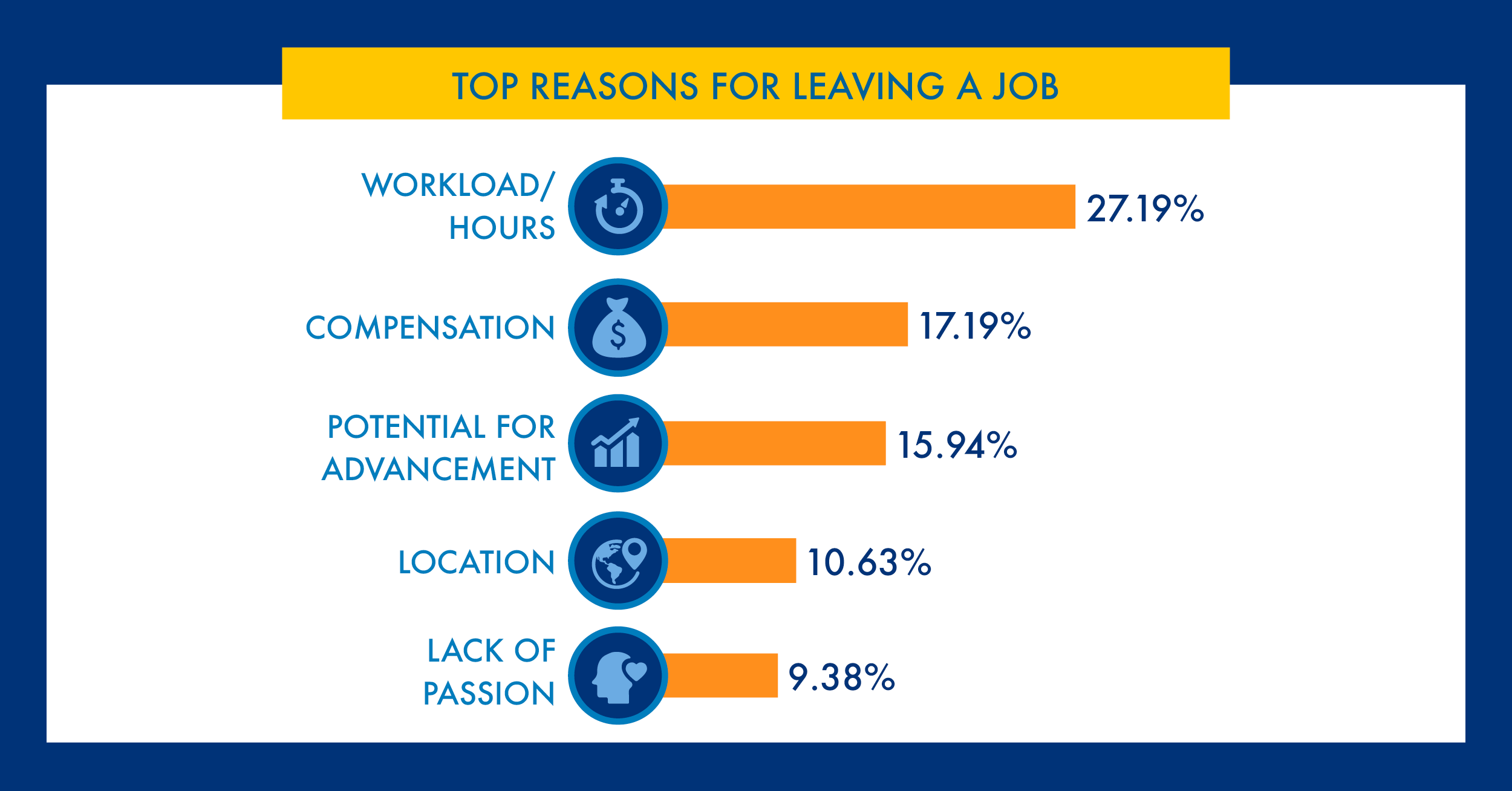
(Source: online.drexel.edu)
- Career Change Statistics show that Workload/hours is the primary reason as per 27.19% of employees.
- Compensation is the reason for leaving a job, according to 17.19% of employees.
- Potential for advancement is the reason for leaving a job, according to 15.94% of employees.
- Location is the reason for leaving a job, according to 10.63% of employees.
- Lack of passion is the reason for leaving a job, according to 9.38% of employees.
Fastest-Growing Career-Changing Professions
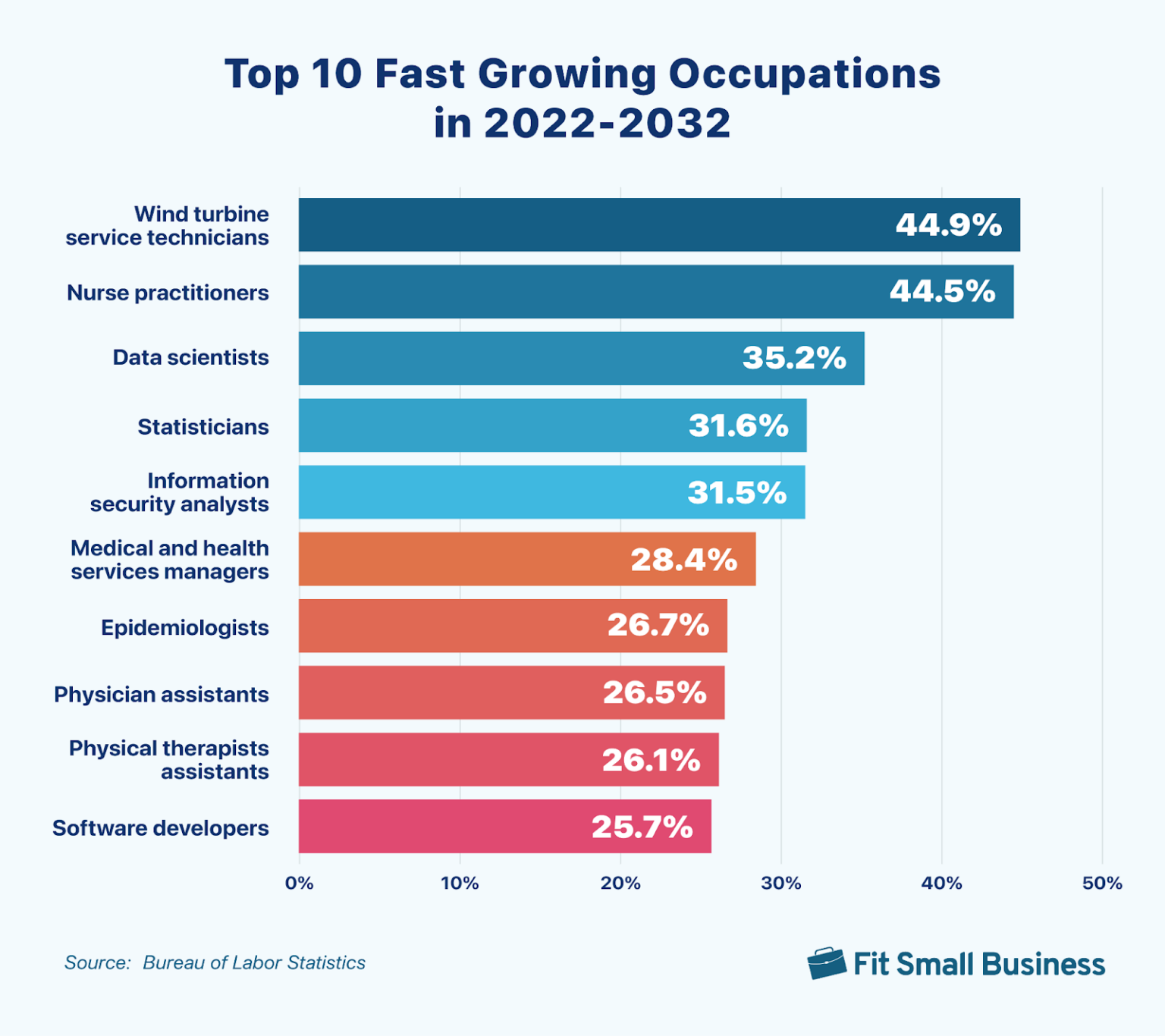
(Source: fitsmallbusiness.com)
- Career Change Statistics show that wind turbine service technicians will be the fastest-growing job in the coming years, with an expected growth rate of 44.9% until 2032.
- Nurse practitioners will be the 2nd fastest-growing job, with an expected growth rate of 44.5% until 2032.
- Data scientists will be the 3rd fastest-growing job, with an expected growth rate of 35.2% until 2032.
- Statisticians will be the 4th fastest-growing job, with an expected growth rate of 31.6% until 2032.
- Information security analysts will be the 5th fastest-growing job, with an expected growth rate of 31.5% until 2032.
Top Perks for a Career Change
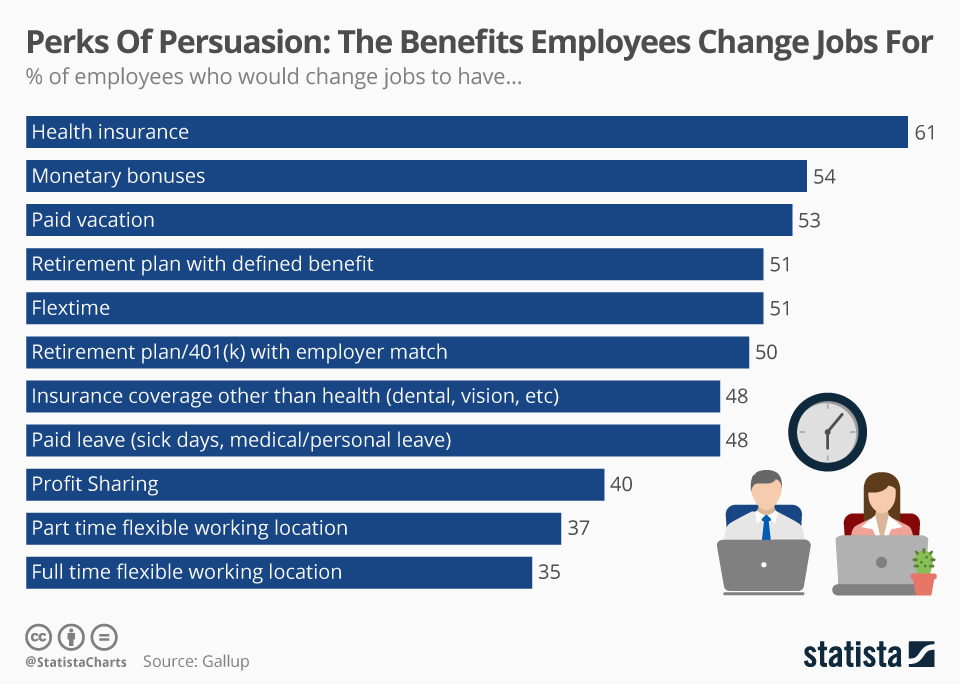
(Source: statista.com)
- Career Change Statistics show that health insurance is the top benefit for employees seeking career change, as per 61% of respondents.
- Monetary bonuses are a sought-after benefit for employees seeking career change, as per 54% of respondents.
- Paid vacation is a key benefit for employees seeking a career change, as per 53% of respondents.
- As 51% of respondents stated, a retirement plan with a defined benefit benefits employees seeking a career change.
- Flextime is a valued benefit for employees seeking a career change, as per 51% of respondents.
- Retirement plan/401(k) with employer match benefits for employees seeking career change, as per 50% of respondents.
Top High-Paying Salaries
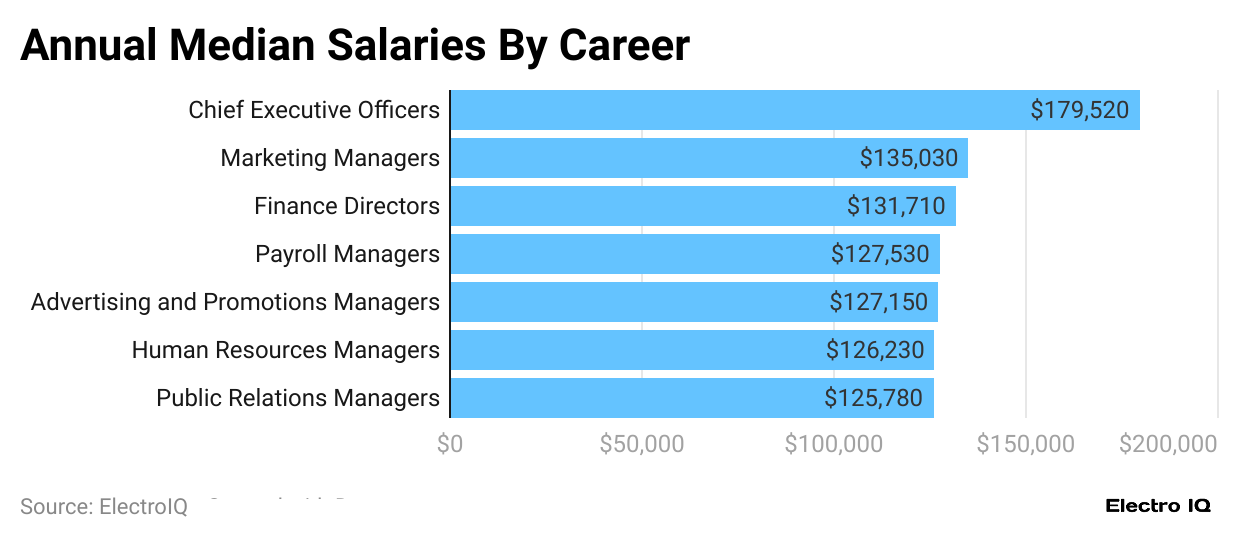
(Reference: mycollegeguide.org)
- Career Change Statistics show that the chief executive officer is the highest-paying profession, with an annual median salary of USD 179520.
- Marketing Managers follow with an annual median salary of USD 135,030.
- Finance Directors have an annual median salary of USD 131,710.
- Payroll Managers earn an annual median salary of USD 127,530.
- Advertising and Promotions Managers receive an annual median salary of USD 127,150.
Impact of Gen AI on Carrer
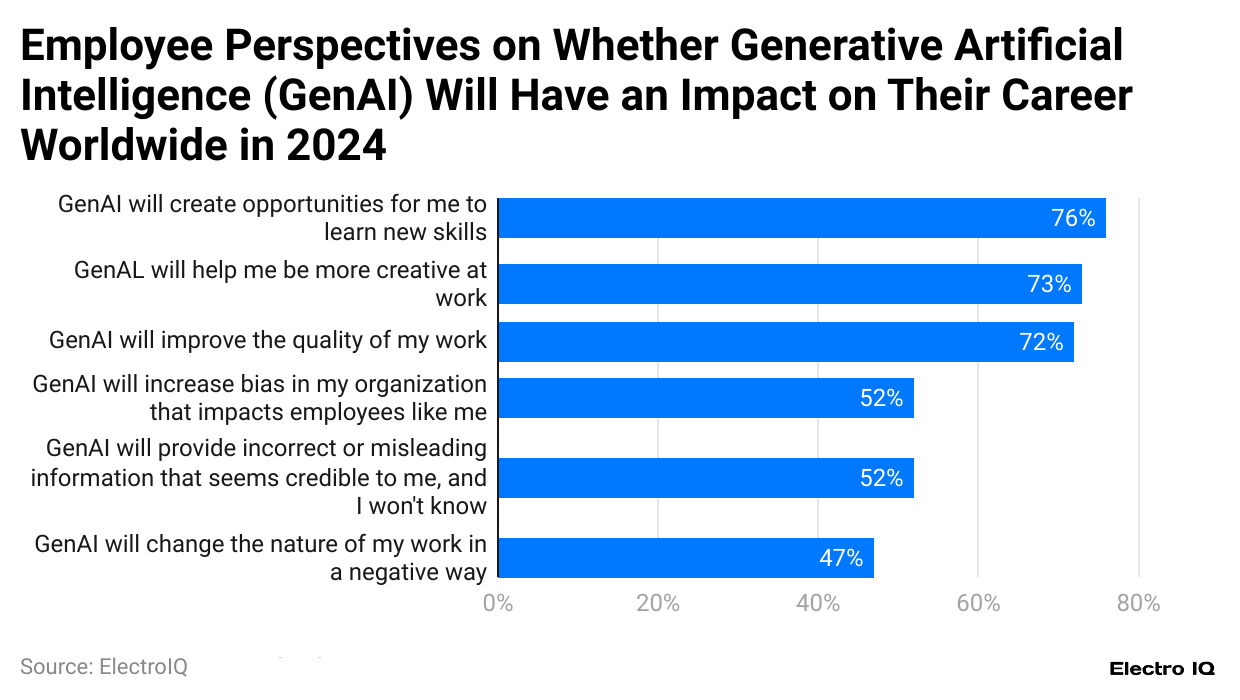
(Reference: statista.com)
- Career Change Statistics show that Gen AI will provide 76% of respondents with opportunities to learn new skills.
- GenAI will help 73% of respondents become more creative at work.
- For 72% of respondents, GenAI will improve the quality of their work.
- For 52% of respondents, GenAI will increase bias in their organization, negatively impacting employees like them.
- For 52% of respondents, GenAI will provide incorrect or misleading information that appears credible and confusing.
Conclusion
The landscape of career development is increasingly dynamic and personalized. Career Change Statistics underscore an adaptable, aspirational workforce continuously seeking growth opportunities. While challenges like financial insecurity and uncertainty exist, professionals across age groups and experience levels are willing to explore new career paths.
Employers and educational institutions must recognize this trend and offer more flexible career development paths, continuous learning opportunities, and support for professional transitions. The future of work is characterized by mobility, lifelong learning, and a focus on individual growth and satisfaction rather than linear, traditional career trajectories.
FAQ.
Employees aged 25-29 have the highest percentage (26%) seeking career changes.
For most age groups, 82% consider salary essential, but finding the right work takes priority.
Lack of financial security, cited by 57% of professionals, is the top barrier to career change.
Yes, 28% of employees aged 50-64 have changed careers multiple times.
Support and finding the right work are primary motivators across all age groups.
Wind turbine technicians, nurse practitioners, and data scientists lead job growth.
32% of workers have changed careers within one industry, while 15% have worked in three or more industries.
49% of employees in the workforce have made career changes.
The main reasons are workload/hours (27.19%), compensation (17.19%), and lack of advancement potential (15.94%).
Yes, especially for younger employees. 76% of 18-24-year-olds prioritise work-life balance.

Maitrayee Dey has a background in Electrical Engineering and has worked in various technical roles before transitioning to writing. Specializing in technology and Artificial Intelligence, she has served as an Academic Research Analyst and Freelance Writer, particularly focusing on education and healthcare in Australia. Maitrayee's lifelong passions for writing and painting led her to pursue a full-time writing career. She is also the creator of a cooking YouTube channel, where she shares her culinary adventures. At Smartphone Thoughts, Maitrayee brings her expertise in technology to provide in-depth smartphone reviews and app-related statistics, making complex topics easy to understand for all readers.

